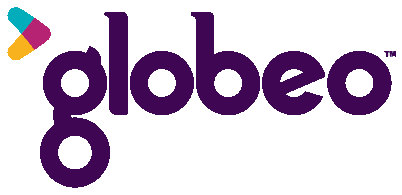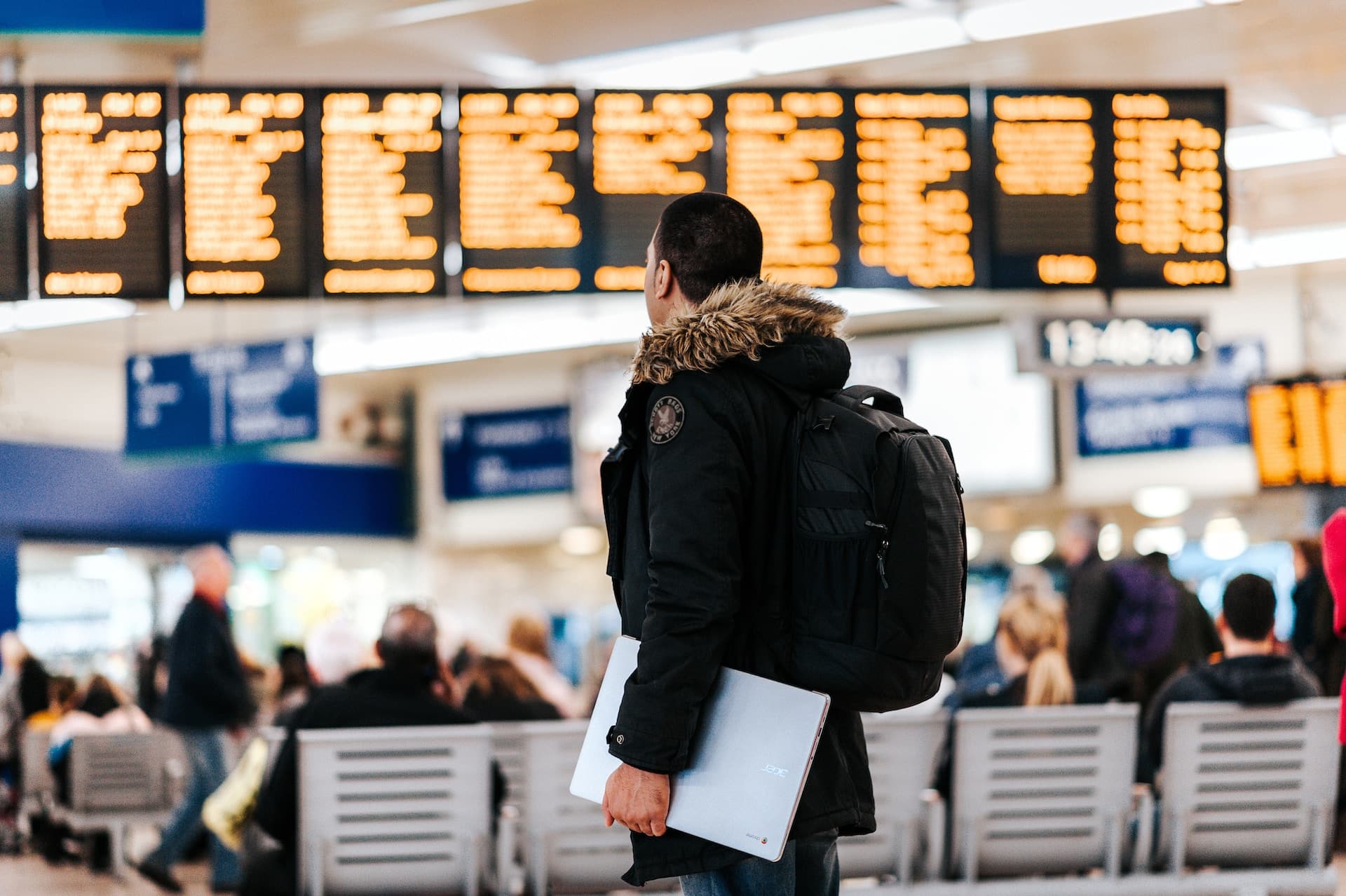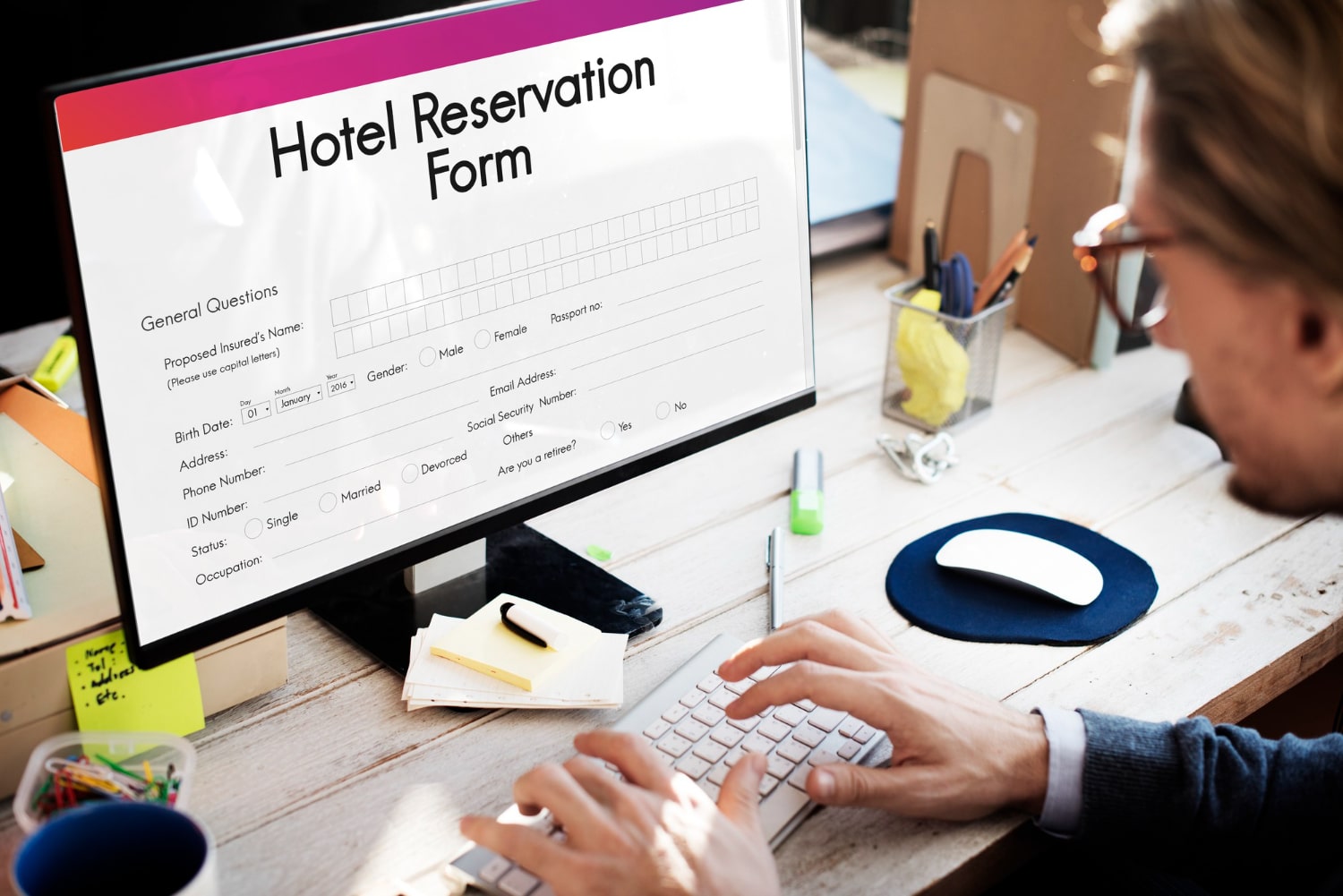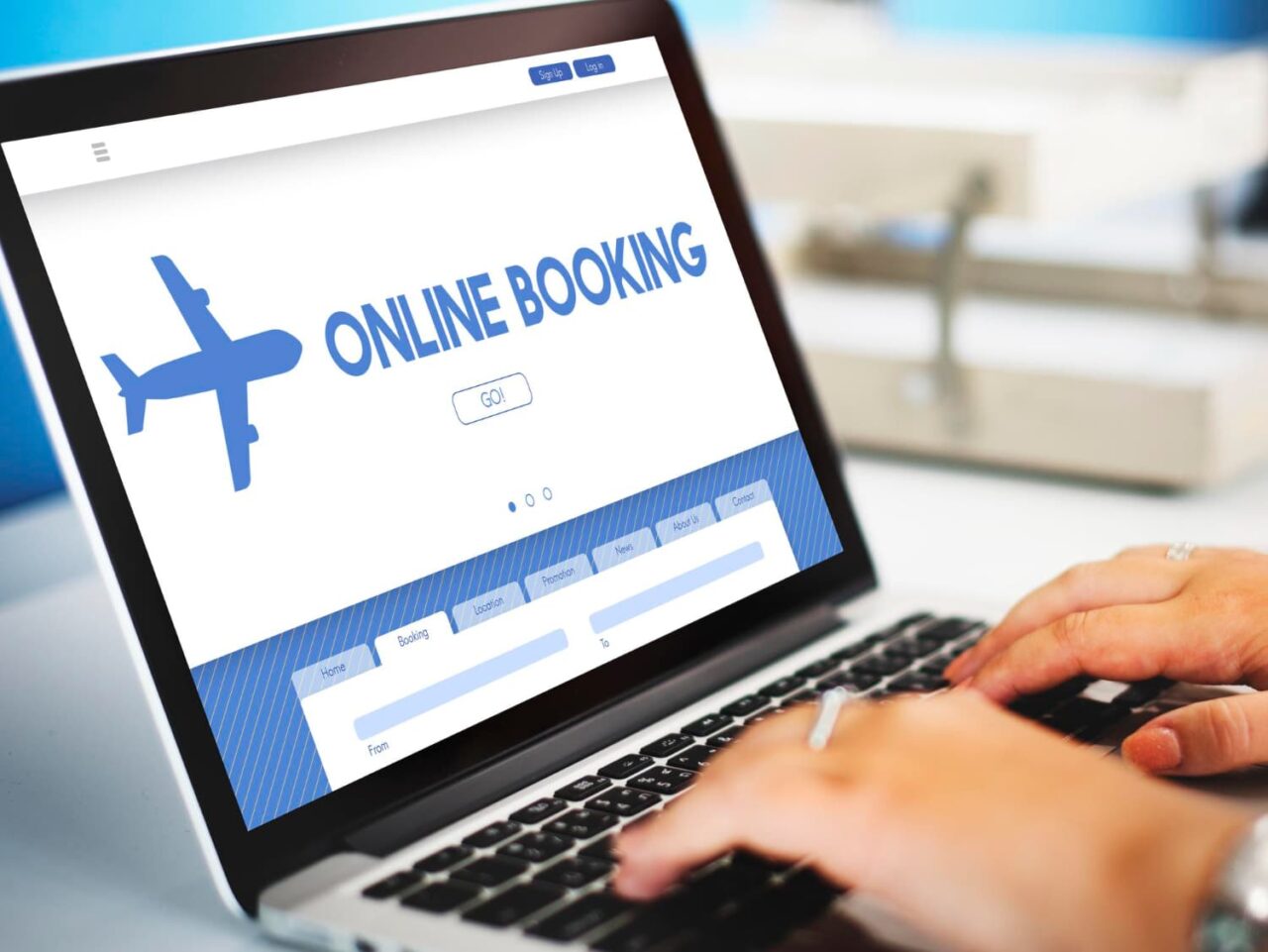The pandemic has significantly impacted how we approach corporate travel and ensure our crews’ health and safety. As businesses adapt to the new normal, it has become crucial to prioritize employee well-being during travel, especially for crews in various industries such as oil and gas, construction, aviation, and film and television.
Achieving this priority requires companies and their travel managers to adopt best practices and precautionary measures for safeguarding the health and safety of their crew members. At Globeo, we understand the importance of maintaining a secure and hygienic environment for corporate travelers. Through our corporate lodging solutions in the USA, Canada, and Mexico, we support businesses to create a safer travel experience.
In this article, we will explore various strategies and guidelines to ensure optimal health and safety for crew members during their travels. Topics such as selecting hygienic accommodations, compliance with local and international travel guidelines, contingency planning for emergencies, and incorporating contactless technology solutions will be discussed in detail. Additionally, we will highlight the ways Globeo’s 24/7 concierge service and cutting-edge online booking platform help make your crew’s health and safety a top priority.
In today’s changing world, businesses must put their employees’ well-being at the forefront of their corporate travel plans. This informative article provides actionable advice and insights that can help travel managers and companies develop a comprehensive strategy to optimize their crews’ health, safety, and security in diverse settings.
By embracing and implementing these best practices, companies can protect the well-being of their traveling workforce, foster employee satisfaction, and enhance their overall corporate travel experience.
Selecting Hygienic Accommodations
One of the most important factors impacting the health and safety of traveling crew members is the choice of lodging. Travel managers and businesses should prioritize accommodations that adhere to high standards of cleanliness and follow strict sanitization protocols. Globeo works tirelessly to ensure that its corporate lodging solutions throughout the USA, Canada, and Mexico maintain these standards, giving businesses and their crews peace of mind.
When selecting accommodations, inquire about their COVID-19 safety practices, including how frequently rooms are cleaned and disinfected, whether they use EPA-approved cleaning products, and if a contactless check-in process is available.
Additionally, properties that offer private, self-contained units or suites with kitchenettes can further minimize the risk of exposure for crew members, as they reduce the need to engage in unnecessary interactions and dine in public spaces.
Keeping Up with International and Local Travel Guidelines
The pandemic has led to a rapidly changing landscape of travel restrictions and guidelines. To ensure the health and safety of your crew members, it’s crucial to stay informed about the latest updates and requirements across different countries and regions.
Travel managers should proactively research and communicate the latest information on testing requirements, quarantine protocols, and vaccination policies so that crew members are well-prepared before their trips.
Moreover, ensuring that your corporate travel policy is flexible and adaptable in the face of changing travel conditions is essential. Having the ability to adjust travel plans or accommodations quickly can prevent unnecessary challenges and ensure the well-being of your crew. Globeo’s comprehensive reporting and 24/7 concierge service can help travel managers stay informed and effectively respond to changes.
Developing and Implementing Emergency Contingency Plans
Even with meticulous planning, predicting every potential health and safety challenge during corporate travel is impossible. As such, a well-developed emergency contingency plan is essential in ensuring crew members are well-equipped to navigate potential risks.
An effective contingency plan should include guidelines for medical emergencies, natural disasters, or terrorist threats. It should also outline the procedures for crew members being diagnosed with COVID-19 or exposed to the virus while traveling.
Consider creating a list of emergency contact numbers for medical providers or testing facilities in the regions your crew members are traveling to, and ensure that they have quick access to this information, whether in print or digital format. Regularly review and adapt your contingency plans as travel guidelines evolve, and communicate these updates to your crew members accordingly.
Leveraging Technology and Contactless Solutions
In today’s digital-driven world, technology has played a significant role in helping businesses maintain health and safety measures for their traveling crew members. Leveraging contactless technology solutions can help minimize physical interactions and reduce the risk of virus transmission during corporate travel.
Encourage mobile boarding passes, e-tickets, and digital wallets for payment transactions, as these can limit the need for in-person contact with ticketing agents or cashiers. Businesses should also consider taking advantage of Globeo’s online booking portal, which simplifies the process of managing travel accommodations and offers a seamless, contactless journey from the booking stage to the check-out.
In addition, staying connected via group messaging apps, videoconferencing platforms, and virtual meetings can help crew members share essential updates, complete briefings, and interact with each other safely while maintaining social distancing guidelines.
Conclusion
The health and safety of crews traveling for business during these unprecedented times is paramount. By selecting hygienic accommodations, conforming to international and local travel guidelines, developing adaptable emergency contingency plans, and making the most of available technology and contactless solutions, companies can take significant steps toward ensuring a safe and secure travel environment for their employees.
Businesses should keep in mind that these preventative measures not only protect the well-being of their workforce but also contribute to improved employee satisfaction and productivity. As the world continues to adapt to the current global situation, crafting and maintaining a comprehensive health and safety strategy for corporate travel is integral to keeping your crew healthy, secure, and ready to tackle the challenges. Working with a trusted partner like Globeo can significantly simplify this process, offering peace of mind and reliable support for businesses and their traveling crews across North America.
Are you in need of corporate lodging solutions for your crew’s travel needs in North America? Look no further than Globeo. Our online booking portal and 24/7 concierge service make it easy to book and manage your crew’s accommodations. With comprehensive reporting, you’ll have full visibility into your crew’s travel expenses. Contact us today to learn more about our solutions for corporate accommodations and streamline your crew’s travel experience. Book with Globeo now!










